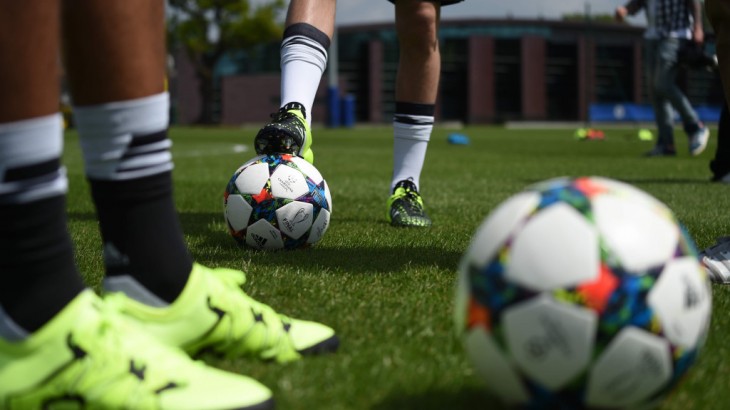Widely considered to be some of the best in the game, Adidas soccer shoes are built with consultation from the game’s lead players and coaches. The company is very aware of the shifting nature of the game, and each new boot released seems to reflect some new value in design. Two particular shoes, which Adidas has stopped producing, seem to live on among die-hard players and purists. These two shoes are still available online and in some retail locations too. If you’re looking to upgrade your game, these new shoes might help you hone your talents.
The Adidas F50
The Adidas F50 soccer shoe was part of a collection of shoes known as the “Haters” pack. The company had created the shoe as part of the F50 silo, which features many tweaked versions of the F50. The basic construction utilizes a single –piece upper, and an outsole with printed textures all over the boot. It’s sleak, stylish and brightly colored. It’s also one of the lightest boots available. Fans were quite pleased with early iterations that allowed for the player to put a great deal of force behind every shot.
These shoes are built for players that Adidas has identified as “speed demons”, those who need to move around the pitch as quickly as possible. Naturally, a wide variety of positions will find these boots useful. Newer versions of the F50 are thinner, softer and provide great traction across the field. Adidas even has a name for it: “SPEEDTRAXION”, named for the circular configuration of the studs on the boot’s sole.
The Adidas Predator
First released in 1994, the Adidas Predator was designed by legendary footballer, Craig Johnston. Johnston won five First Division titles, two League Cups, an FA Cupand he also won the Champion’s Cup during his time with Liverpool. Even with those momentous achievements under his belt, he is still best remembered for his contribution to soccer footwear.
The original Predator was not the most elegant looking boot, but it did the job well and was met with great enthusiasm by players. The next year, Adidas added a foldover tongue. That design choice would become a staple of the Predator’s design. Over the years, Adidas put a focus on surface area. This allowed for better ball and shot control, and it kept casual players quite happy.
Over the years, you’ve probably spotted the Predator on the pitch for various tournaments like the 2014 World Cup. During that year was the Predator’s final production year, but the boot was worn by a number of players.

